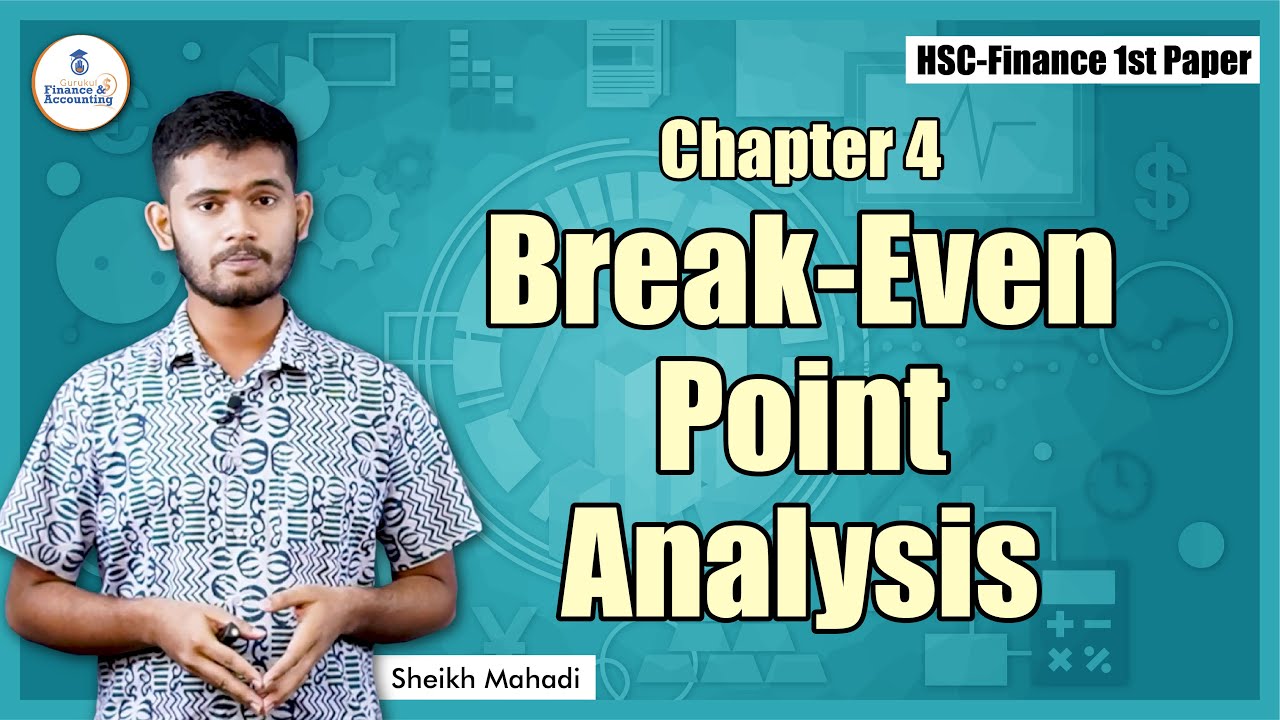Break Even Point Analysis class is for the HSC candidates or for the students of classes 11 and 12. This class is a part of HSC (11-12) [ এইচএসসি (১১-১২) ], Finance and Banking 1st paper. You can find it in the Finance 1st Paper, chapter 4, the topic name is “Break-Even Point Analysis”. This class will help you in your upcoming HSC examination.
Break Even Point Analysis
What Is a Break-Even Analysis?
Break-even analysis is the effort of comparing income from sales to the fixed costs of doing business. The analysis seeks to identify how much in sales will be required to cover all fixed costs so that the business can begin generating a profit.
This activity also leads to calculating and examining the margin of safety for an entity based on the revenues collected and associated costs. A demand-side analysis would give a seller significant insight into selling capabilities.

KEY TAKEAWAYS:
- Break-even analysis tells you how many units of a product must be sold to cover the fixed and variable costs of production.
- The break-even point is considered a measure of the margin of safety.
- Break-even analysis is used broadly, from stock and options trading to corporate budgeting for various projects.

How Break-Even Analysis Works
Calculating the break-even analysis is useful in determining the level of production or a targeted desired sales mix. The study is for a company’s management use only, as the metrics and calculations are not used by external parties, such as investors, regulators, or financial institutions.
This type of analysis involves a calculation of the break-even point (BEP). The break-even point is calculated by dividing the total fixed costs of production by the price per individual unit, less the variable costs of production. Fixed costs are costs that remain the same regardless of how many units are sold.
Break-even analysis looks at the level of fixed costs relative to the profit earned by each additional unit produced and sold. In general, a company with lower fixed costs will have a lower break-even point of sale. For example, a company with $0 of fixed costs will automatically have broken even upon the sale of the first product, assuming variable costs do not exceed sales revenue.

Break Even Point Analysis details:
See more:
